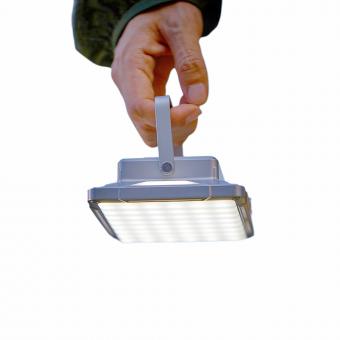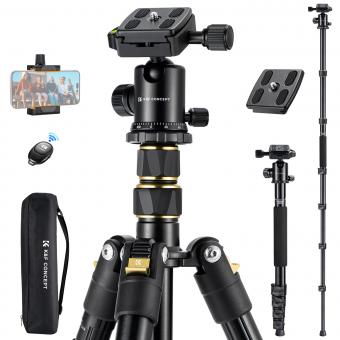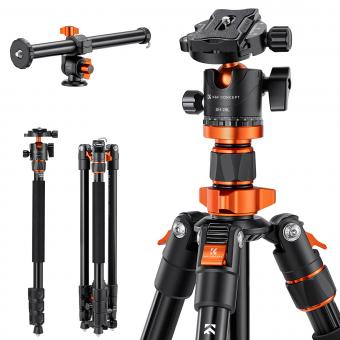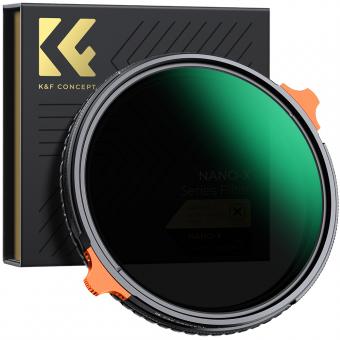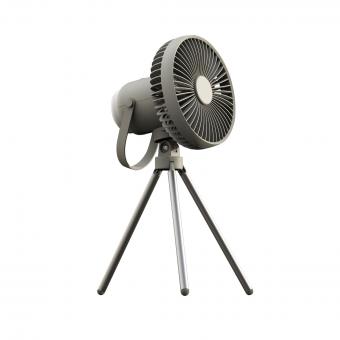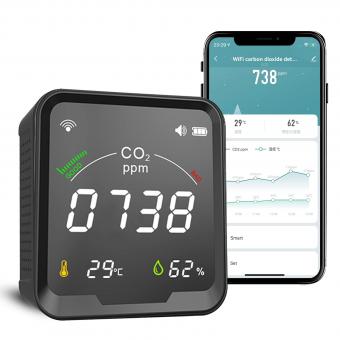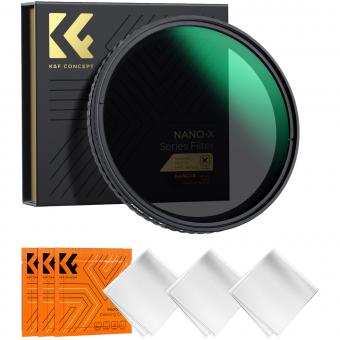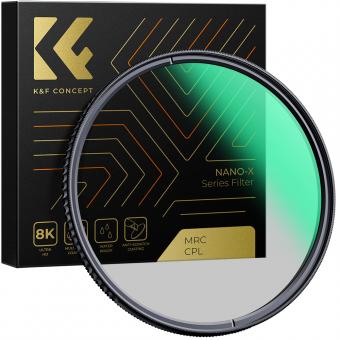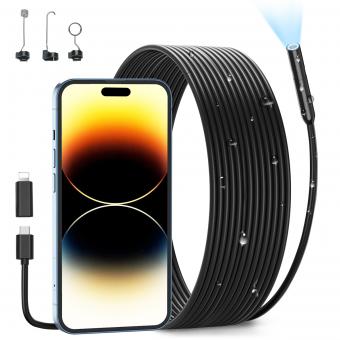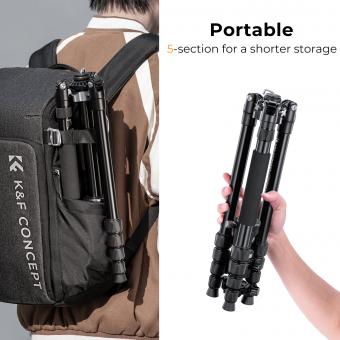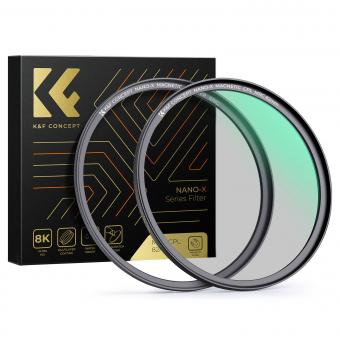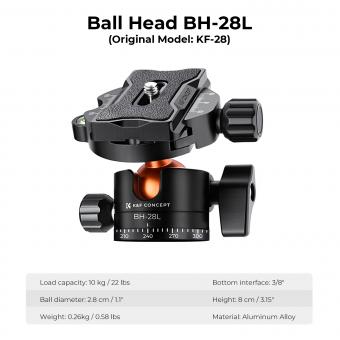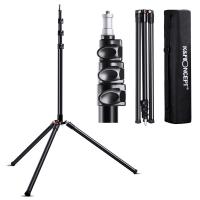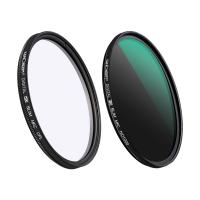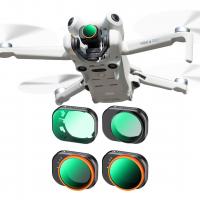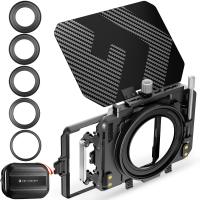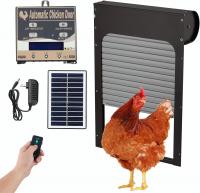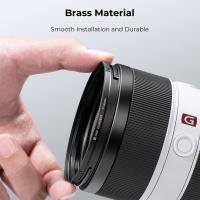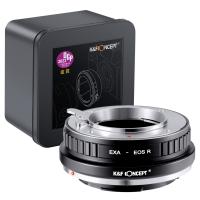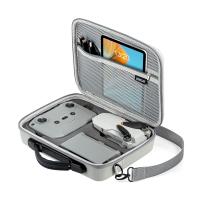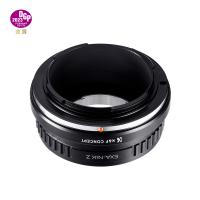What Are Monopods ?
Monopods are camera accessories that provide stability and support for photographers while shooting. They consist of a single leg with a collapsible design, allowing for easy portability. Monopods are typically used in situations where tripods may be impractical or prohibited, such as in crowded areas or when mobility is essential. They help reduce camera shake and allow photographers to capture sharper images, especially in low-light conditions or when using telephoto lenses. Monopods are commonly used in various photography genres, including sports, wildlife, and event photography.
1、 Monopods in photography and videography equipment
Monopods in photography and videography equipment are essential tools used to stabilize cameras and camcorders. They are similar to tripods but consist of a single leg instead of three. Monopods provide support and help reduce camera shake, resulting in sharper images and smoother videos.
Monopods are lightweight and portable, making them ideal for photographers and videographers who need to move quickly or work in tight spaces. They are commonly used in sports photography, wildlife photography, and situations where tripods are not allowed or impractical to use.
The latest point of view on monopods is that they have become increasingly versatile and feature-rich. Many monopods now come with adjustable height options, allowing photographers and videographers to easily change the height according to their needs. Some monopods also have built-in fluid heads, which enable smooth panning and tilting movements.
Additionally, monopods now often include quick-release plates, making it easier to attach and detach cameras or camcorders. Some models even have additional attachments, such as smartphone holders or GoPro mounts, expanding their compatibility with various devices.
Furthermore, advancements in materials and construction have made monopods more durable and stable. Carbon fiber monopods, for example, are lightweight yet sturdy, providing excellent support for heavy camera equipment. This makes them a popular choice among professionals who require reliable equipment for extended periods of use.
In conclusion, monopods are essential tools in photography and videography, providing stability and support for cameras and camcorders. With the latest advancements, monopods have become more versatile, feature-rich, and durable, catering to the evolving needs of photographers and videographers.
2、 Monopods in zoology and animal locomotion
Monopods in zoology and animal locomotion refer to a hypothetical creature or organism that possesses a single limb or leg. The concept of monopods has its roots in ancient mythology and folklore, where it was believed that such creatures existed. However, in the field of zoology, monopods are considered purely mythical and do not have any scientific evidence to support their existence.
In recent years, the study of animal locomotion has focused on understanding the diverse ways in which animals move and adapt to their environments. This field of research has revealed a wide range of locomotion strategies, from the four-legged gait of mammals to the slithering motion of snakes. However, no known animal possesses a single limb or leg, making the concept of monopods highly unlikely.
Advancements in technology, such as high-speed cameras and motion capture systems, have allowed scientists to study animal locomotion in greater detail. These tools have provided valuable insights into the mechanics and dynamics of movement in various species. By studying the biomechanics of animals, researchers can better understand how different body structures and limbs contribute to locomotion.
While monopods may be a fascinating concept in mythology and folklore, they do not have a place in the scientific understanding of animal locomotion. The latest point of view in zoology is firmly grounded in empirical evidence and the study of real-life organisms.
3、 Monopods in mythology and folklore
Monopods in mythology and folklore are mythical creatures that have been depicted in various cultures throughout history. These creatures are often described as having a single leg and foot, hence the name "monopod." They are believed to inhabit remote and unexplored regions, such as the mountains or dense forests.
In ancient Greek mythology, monopods were known as "monopodes" and were believed to live in India. They were described as fierce and savage beings who used their single leg to run at incredible speeds. Monopods were often depicted as protectors of nature and were said to possess great strength and agility.
In medieval European folklore, monopods were often associated with the concept of the "wild man" or "wild woman." They were believed to be solitary creatures who lived in the wilderness and had a deep connection with nature. Monopods were often depicted as wise and mysterious beings, possessing knowledge of herbal medicine and the ability to communicate with animals.
In more recent times, the concept of monopods has evolved. Some modern interpretations suggest that monopods could be a result of misinterpretations or exaggerations of real-life encounters with individuals who have physical disabilities or deformities. These interpretations highlight the importance of understanding and respecting diversity in human form and challenging preconceived notions of what is considered "normal."
Overall, monopods in mythology and folklore represent a fascinating aspect of human imagination and storytelling. They serve as a reminder of our innate curiosity about the unknown and our desire to explore the mysteries of the natural world.
4、 Monopods in robotics and engineering
Monopods in robotics and engineering are mechanical devices that consist of a single leg or support structure. They are designed to provide stability and balance to various types of equipment, including robots and cameras. Monopods are commonly used in situations where a tripod or other multi-legged support system may not be practical or feasible.
In robotics, monopods are utilized to enhance the stability and mobility of robots. By providing a single point of contact with the ground, monopods allow robots to navigate uneven terrain and maintain balance. This is particularly useful in applications such as search and rescue missions, where robots need to traverse challenging environments.
Monopods are also commonly used in engineering, particularly in the field of structural analysis and testing. They can be employed to simulate real-world conditions and evaluate the performance of structures under different loads and forces. Monopods provide a controlled and adjustable support system, allowing engineers to measure and analyze the behavior of structures accurately.
From a latest point of view, advancements in robotics and engineering have led to the development of more sophisticated monopods. These include monopods with adjustable heights, telescopic legs, and even robotic monopods that can autonomously adjust their position and balance. These innovations have expanded the capabilities of monopods, making them more versatile and adaptable to various applications.
Overall, monopods play a crucial role in robotics and engineering by providing stability, balance, and support to equipment and structures. Their versatility and ability to navigate challenging environments make them valuable tools in various industries. As technology continues to advance, we can expect further improvements and applications for monopods in the future.


